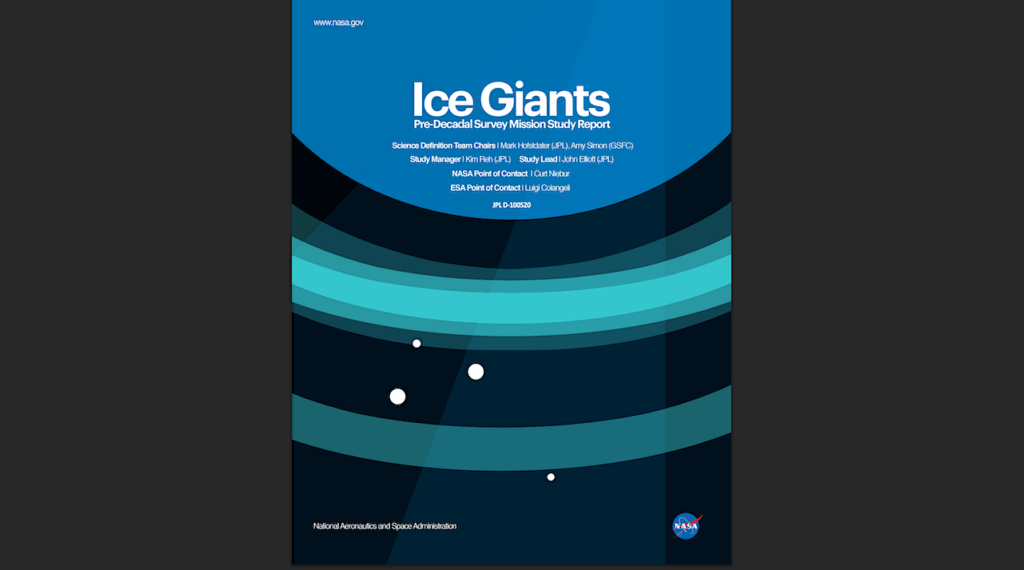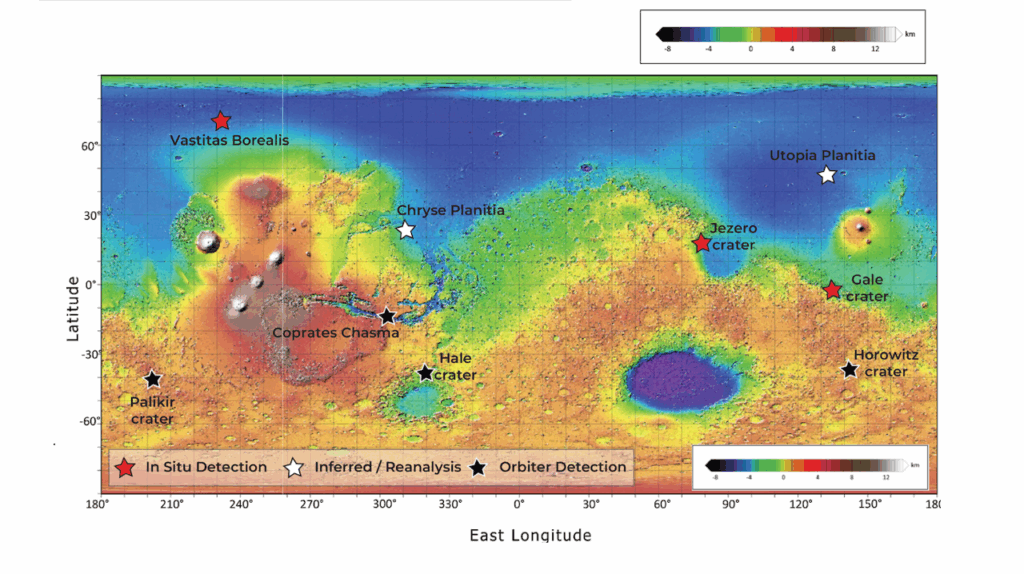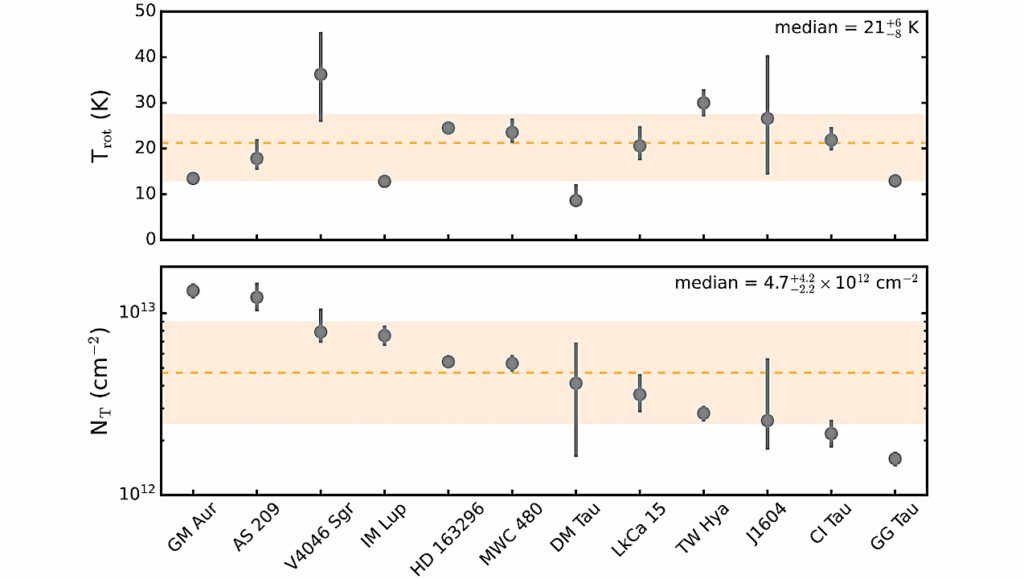Mid-infrared Absorption Spectra and Mass Absorption Coefficients for 23 Chondrites: Dependence On Composition and Grain Size

We present mid-infrared transmission spectra from 2 to 23 microns of the 23 Atacama Desert chondrites of different types (carbonaceous Ornans and ordinary of H, L, and LL groups) as well as of some pure minerals (olivine and diopside).
We focus on the characteristics of silicate at 10 and 20 microns, analyzing the influence of composition and grain size on peak strengths and spectral shapes. We present the first results of the Cosmic Dust Laboratory, a dedicated facility at the Universidad Diego Portales equipped with a VERTEX 80v vacuum Fourier transform infrared spectrometer. Through milling and sieving samples, we obtained different ranges of particle sizes to study the effect of grain size on the intensity and shape of the spectrum.
The resulting spectral library can be compared with astronomical data of protoplanetary disks, debris disks, and even white dwarf disks obtained with instruments such as MIRI on board the James Webb Space Telescope and MATISSE on the Very Large Telescope Interferometer. We also present mass absorption coefficient values, which can be used for radiative transfer modeling of astronomical observations.
This study aims to improve dust opacities for astronomical applications, with a focus on circumstellar disks.
Grace A. Batalla-Falcon, Lucas A. Cieza, Roberto Lavin, Millarca Valenzuela, Andreas Morlok, Prachi Chavan, Cecilia Farias, Giovanni Leone, Daniel Moncada
Comments: 20 pages, 12 figures, 8 tables, accepted by A&A
Subjects: Earth and Planetary Astrophysics (astro-ph.EP)
Cite as: arXiv:2503.07311 [astro-ph.EP] (or arXiv:2503.07311v1 [astro-ph.EP] for this version)
https://doi.org/10.48550/arXiv.2503.07311
Focus to learn more
Submission history
From: Grace Batalla-Falcon
[v1] Mon, 10 Mar 2025 13:31:50 UTC (19,442 KB)
https://arxiv.org/abs/2503.07311
Astrobiology, Astrochemistry, Astrogeology,








